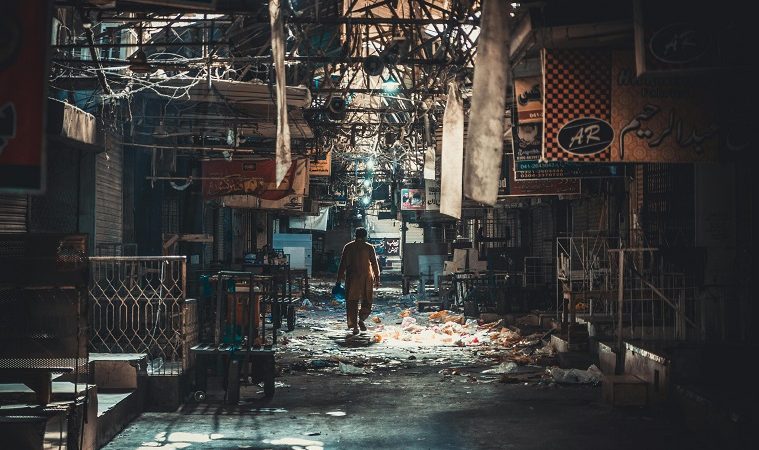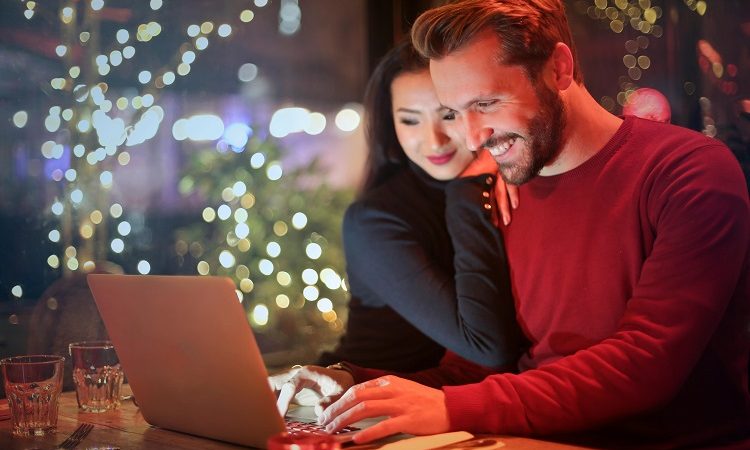Garden Basics: How to Grow an Indoor Garden for Beginners 2021

Is the pandemic making you miss the taste of nature? Or are you lazy to go outside and a take trip to the grocery store? Well, if these are the reasons, it would be a great idea to start a garden, and we’re talking about indoor gardens! So don’t you worry if you don’t have enough backyard space or you consistently deal with bad weather, you can bring the outdoors inside your home with an indoor garden.
Growing a garden in your humble abode is not only considered as an enjoyable quarantine hobby, but it can provide you with health benefits, according to studies. Gardening in or outdoors is connected to life satisfaction, cognitive function, psychological well-being, even reduce your stress, fatigue, anger, and signs depression or anxiety.
Decide What Plants You Want and Buy Seeds

Home and garden stores and kiosks sell a wide array of seeds. However, we recommend that you try buying online or mail orders since you’ll get a wider selection of plants. There are some rare and newer varieties that can’t be found yet in stores, so you try seeds first. With seeds, it’s much easier to get what you want. As a gardener, you should explore the world online or mail order when buying something unique rather than buying easy-to-find plants that every home and garden centre sells.
In addition, seeds are more affordable than plants, you’ll be able to save more money, however, the package may include more seeds than you need. In this situation, you can even save more for next year. You can also plant them all or even exchange seedlings with your friends when it’s time to grow them outdoors.
Create or Buy Containers and Reuse
The great thing about growing seeds indoors, any kinds of items you have can make good containers. If you have you empty yoghurt cups that are about 2 inches square by 2 to 3 inches deep are the ideal size. On the other hand, you can also use loosely wrap newspaper around a 2½-inch-thick dowel, push the bottom ends of the paper together to make a bottom, then get rid of the rod and fill the newspaper cup with potting mix. The transplanting process is easier because the whole paper container is decomposable so you can place them in the garden. You are able to recycle and reuse which is good for the planet, too!
But you need to remember that you must use a container that allows excess water to pump out. Otherwise, the roots will only rot in the water. It’s important that you put some holes in containers if they don’t have yet.

It’s great to reuse containers that you used for your flowers last time, but make sure to clean them before you use them to kill germs or disease that can destroy seedlings. To clean it, you can combine one part bleach with nine parts of water, and immerse the container into the solution. After that, you can rinse the container with water. You want to start with something clean, so disinfect it first.
Pick Your Indoor Garden Location

Of course, you need to dedicate a location for your garden. New home builder and gardeners suggest that you look for an area that’s warm when the seeds are first planted since heat is more crucial than light. So start with a location that has enough heat, even if it’s not that lit. However, once the seedlings step forwards from the soil, they require light. You can begin growing seeds in a basement corner or even in front of a huge window that allows much sunlight for warmth. Do your best for the seed to have warm soil. Once you see the seedlings coming out, you can move them to a sunny location or even in bright artificial lights. But it’s better if you have a spot that gets sunlight.
Load it With Soil
A lot of first-time gardeners don’t know this, but it’s not a good idea to dig up some soil from your backyard or even your neighbour’s outdoor garden and fill it into your pot. Rather, a quality potting mix is best to use. Why? They have a balanced mixture of peat, coir, or compost, to keep moisture and other things that encourage correct drainage.
When picking a potting mix, light and fluffy one is good. If you’re growing organic veggies, try a mix that’s verified by the Organic Materials Review Institute. Alongside good old dirt, potting mixes have fertilizer, so double-check the bag to determine how many time you should be fertilizing. Moreover, the vegetable plants need nitrogen for them to have green and lush leaves.
Water Your Plants

So, you might ask, how much you water your indoor plants need? This depends on your growing state and how old your plants are. In other words, the warmer your house, the lower the humidity; and the sunnier the area, the more you should water the plants. For seeds that are becoming visible, slowly prolong the time between waterings and water carefully when the top few inches of soil are beginning to dry, ensuring to drain out the excess. Meanwhile, for the newly planted plants, the top few inches of soil should be maintained moist for the first several weeks, then gradually lessen the watering frequency as the plants become more fixed.
Fertilize Your Indoor Garden
You will want to continue using some type of fertilizer after the one in your potting mix had run its course, especially if your plant is displaying signs of nutrient deficiencies, like pale leaves and tiny growth. Continue putting slow-release fertilizer as what it is indicated on the label, or utilize liquid fertilizers that are directly added to the water. Choose the one that’s intended for flowering plants or a balanced fertilizer, which contains the same amount of nitrogen, potassium, and phosphorus. These three are the basic nutrients in plant nutrition. Be cautious not to over-fertilized your plans, it may lead to instant, immense growth, but the roots may not be that resilient and big enough to supply the plant with enough nutrients and water.





